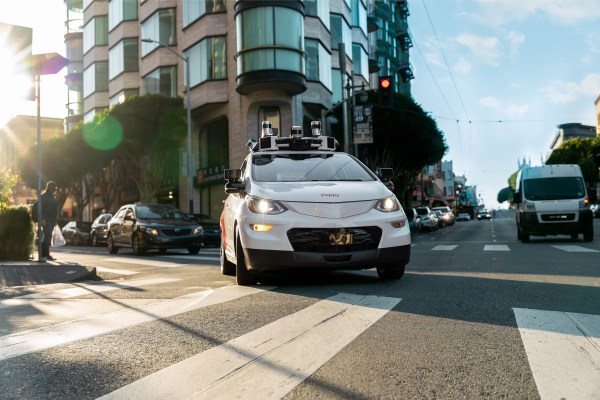
The California Department of Motor Vehicles said Tuesday it has immediately suspended Cruise’s deployment and driverless testing permits, ending the GM self-driving car subsidiary’s robotaxi operations in San Francisco just months after receiving the last necessary permit to commercialize its operations.
“Public safety remains the California DMV’s top priority, and the department’s autonomous vehicle regulations provide a framework to facilitate the safe testing and deployment of this technology on California public roads,” the DMV said in a statement. “When there is an unreasonable risk to public safety, the DMV can immediately suspend or revoke permits. There is no set time for a suspension.”
The DMV, which regulates autonomous vehicle testing and deployments in the state, said Cruise must meet a number of steps to reinstate its suspended permits, which the agency will not approve until the company has fulfilled the requirements to the department’s satisfaction. This decision does not impact the company’s permit for testing with a safety driver, the DMV added.
The California DMV said the decision to suspend the permits was made after the agency determined the vehicles were not safe for the public’s operation and that Cruise misrepresented information related to the autonomous vehicle technology in its vehicles. The department also said that the conduct of autonomous vehicle testing on public roads by Cruise presented an unreasonable risk to the public.
The suspension comes less than three months after Cruise, and competitor Waymo, received the final permit required to offer commercial robotaxi services across San Francisco 24 hours a day, seven days a week. That permit was issued by California Public Utilities Commission, which regulates commercial driverless ride-hailing permits. However, without the DMV’s permits, which allow for driverless vehicles to be on public roads, the CPUC permit is essentially worthless.
The CPUC approved the final permit despite opposition from residents and some city officials who pointed to numerous instances of vehicles malfunctioning and stopping in the middle of the street — referred to as “bricking” — blocking the flow of traffic, public transit and emergency responders.
That win was short-lived, however. A string of incidents occurred within days of receiving the CPUC permit, including a collision between a Cruise robotaxi and an emergency vehicle that left a passenger injured.
This story is developing …
